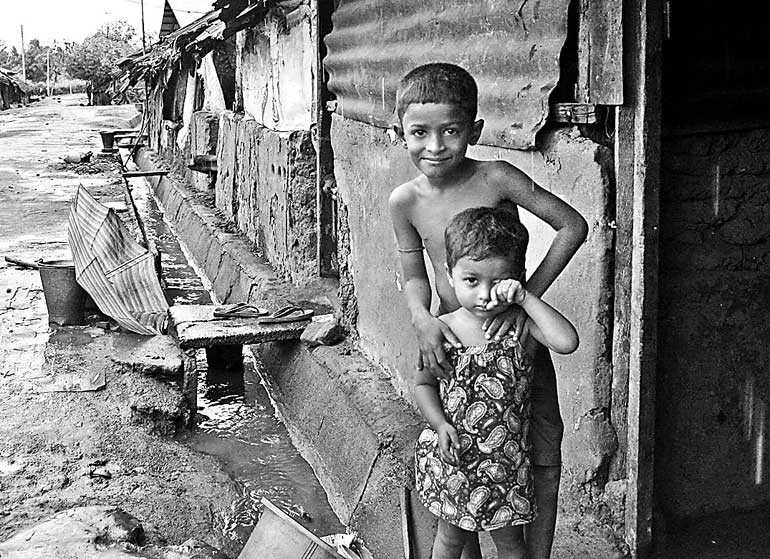Wednesday Jan 22, 2025
Wednesday Jan 22, 2025
Saturday, 15 June 2019 04:23 - - {{hitsCtrl.values.hits}}

The World Day Against Child Labour was marked each year on 12 June. This year’s theme was ‘Children should work on their dreams, not on fields’. The International Labour Organization (ILO) sets the yearly tone based on a priority focus, which helps to spotlight global attention and create awareness on the campaign. This aims to create public discussion and policy action around ending child labour in every country.
Sri Lanka is doing well in terms of a relatively low prevalence of child labour in its agricultural sector. Decades ago however, school attendance of children of plantation workers was weak and children were working in the tea and rubber sector. The Government worked with local and international partners to tackle the issue responsibly, and today child labour incidences are rare. Sri Lanka is as such unique. Children elsewhere around the globe continue to be vulnerable to hazardous forms of labour – from hazel nut farms to tobacco cultivations or heavy-machinery use on family farms.
As the Minister of Labour and Trade Union Relations Ravindra Samaraweera has said, “The serious issue of child labour is not widespread in Sri Lanka. We are doing far better than some of our neighbours are. The Ministry of Labour has been working with dedicated partners such as the ILO to achieve a future of zero child labour. As a self-declared pathfinder country, Sri Lanka is committed to attain this goal by 2022 – ahead of the year 2025 global target set in the Sustainable Development Goals.”
The ILO Country Director for Sri Lanka and the Maldives Simrin Singh said: “The child labour situation in Sri Lanka is not staggering but one that offers a ray of hope. Some 40,000 children are working as child labourers, which is about 1% of the school-going child population. In other words, one out of a hundred children in Sri Lanka are in child labour, mostly hazardous forms. However, with commitment and drive, Sri Lanka can show the world that it can reach the much coveted one-in-a-million statistic.”
Child labour and non-attendance in regular schooling is relatively high in Sri Lanka’s rapidly urbanising city centres than in rural areas. There is an established pattern of child labour –predominantly in the teenage category, engaged in the informal services sector. Their numbers are highest in the districts of Kurunegala, Gampaha, Colombo, Monaragala, and Batticaloa, with many other urbanised localities not far behind.
A large proportion of soon to be young adults are engaged in child labour within the broader ecosystem of the informal services sector: such as in tourism, transport, petty trading, and care giving. A majority of these children are boys. A large number also work in boutiques, tea kiosks, eateries, and other informal trades, in low-wage and precarious employment.
Strong coordination among stakeholders will help maintain an effective referral system to deal with cases found: education authorities and divisional officers or probation units, and social welfare and monitoring officers must actively liaise to assess and follow-up on low school attendance, dropouts and re-enrolment. The greater gain will be made with effective prevention systems at the community level: supporting households in vulnerable situations, so that children do not drop out of school and fall into exploitative and dangerous work.
The demonstrated commitment of the Government of Sri Lanka will gather impetus in being part of Alliance 8.7 – a coalition of 200+ countries and organisations around the world, united in their determination for a world where children only work on their dreams for a brighter future. Sri Lanka’s pathfinder country status enables it to tap in to global resources, as well as offer its own experience, to achieve its goal of eradicating child labour by 2022.